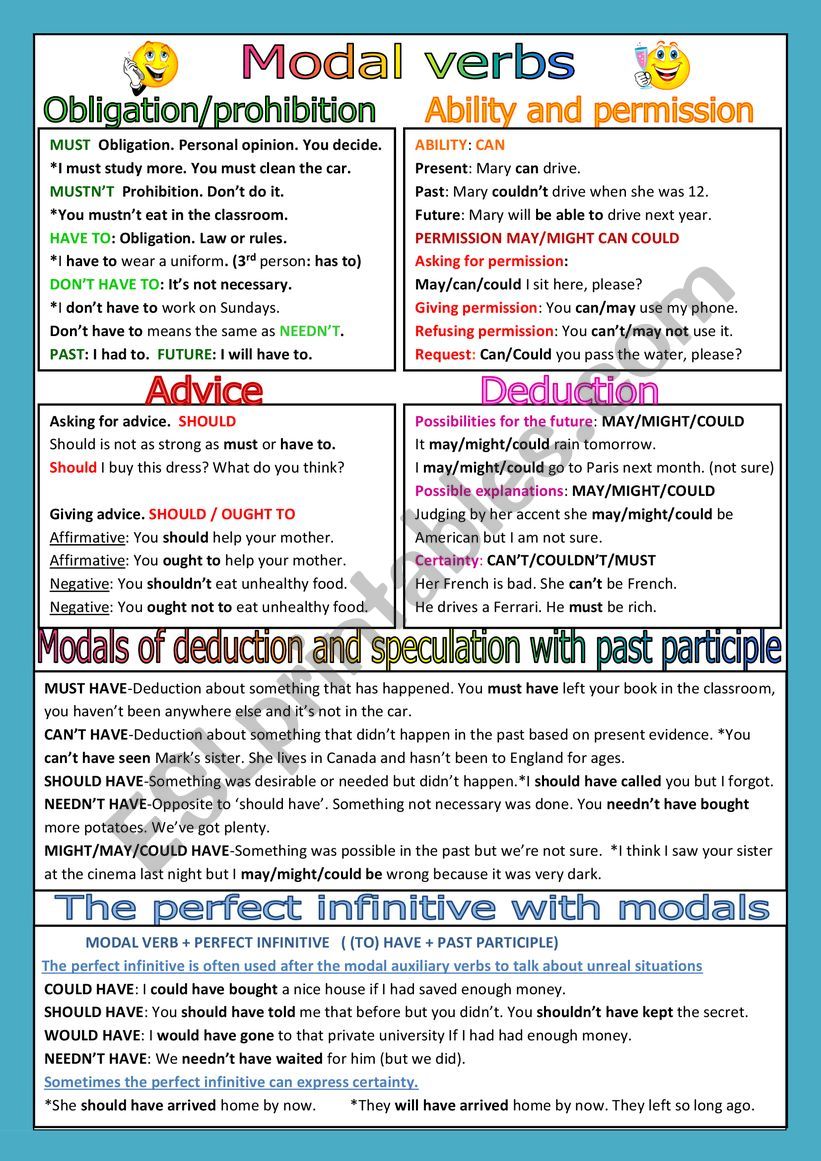
Examples include ‘right? eh? OK? alright?’ and, in Multicultural London English, ‘innit?’ (a form of 'isn't it'): Variant forms of question tags are generally short and are related to particular English dialects. Let's have fish and chips for tea, shall we? (NOT Let's have fish and chips for tea, will we?) Variant forms Statements that start with 'let's' require the question tag, 'shall we?' For example: I am the tallest tree, aren't I? (NOT I am the tallest tree, don't I?) If the statement starts with 'I am' the correct question tag is ‘aren't I’? For example: Other rules to remember when using question tags Never stop dancing, will you? (NOT Never stop dancing, won't you?) Negative imperative statements require the question tag, 'will you?' Positive imperative statements require the question tag, 'won't you?' For example:Įat your dinner, won't you? (NOT Eat your dinner, don't you?) She could read, couldn’t she? (NOT She could read, can’t she?) With imperatives I must remember to phone him more often, mustn't I? (NOT I must remember to phone him more often, shouldn't I?) You can’t swim, can you? (NOT You can’t swim, can’t you?) If the statement includes a modal verb (should, would, could, may, might, must, shall or will) the correct question tag will use the same modal verb. It sounds like a cat, doesn't it? With modal verbs If the statement doesn't include an auxiliary verb then the question tag uses the appropriate form of 'do'. If the statement part of the sentence uses an auxiliary verb (be or have) the question tag uses the same auxiliary verb. Let’s see what happens: With and without auxiliary verbs If the statement is positive, the question tag is negative. If the statement is negative, the question tag is positive. There are two main types of question tags: 1. For example:Ĭorrect: She's sitting on your chair, isn't she? (NOT She's sitting on your chair, isn't she.) He can read this book, can't he? (NOT He can read this book can't he?)Īll question tags should end with a question mark. The statement and question tag elements of the question should be separated by a comma. You don't remember much, do you? (NOT You don't remember much, you do?) In tags, subject pronouns (for example 'you') always come after the verb. If a statement is positive, the tag is negative and viceversa. In question tags a statement is turned into a question by the addition of an opposite question tag.

Sometimes the use of a question tag can be designed to influence a response from the listener. Although most question tags are genuine questions, some will be rhetorical and not require an answer. They can indicate politeness, be a request for consensus, add emphasis or demonstrate a watering down of an opinion. Question tags are more likely to be used in spoken language than written. Please be quiet, won't you? (interrogative)

You didn't eat the cheese, did you? (interrogative) Question tags are grammatical forms where a declarative statement (one that makes a point) or an imperative sentence (one that gives a command) is turned, through use of a tag, into an interrogative sentence (one that asks a question).


 0 kommentar(er)
0 kommentar(er)
